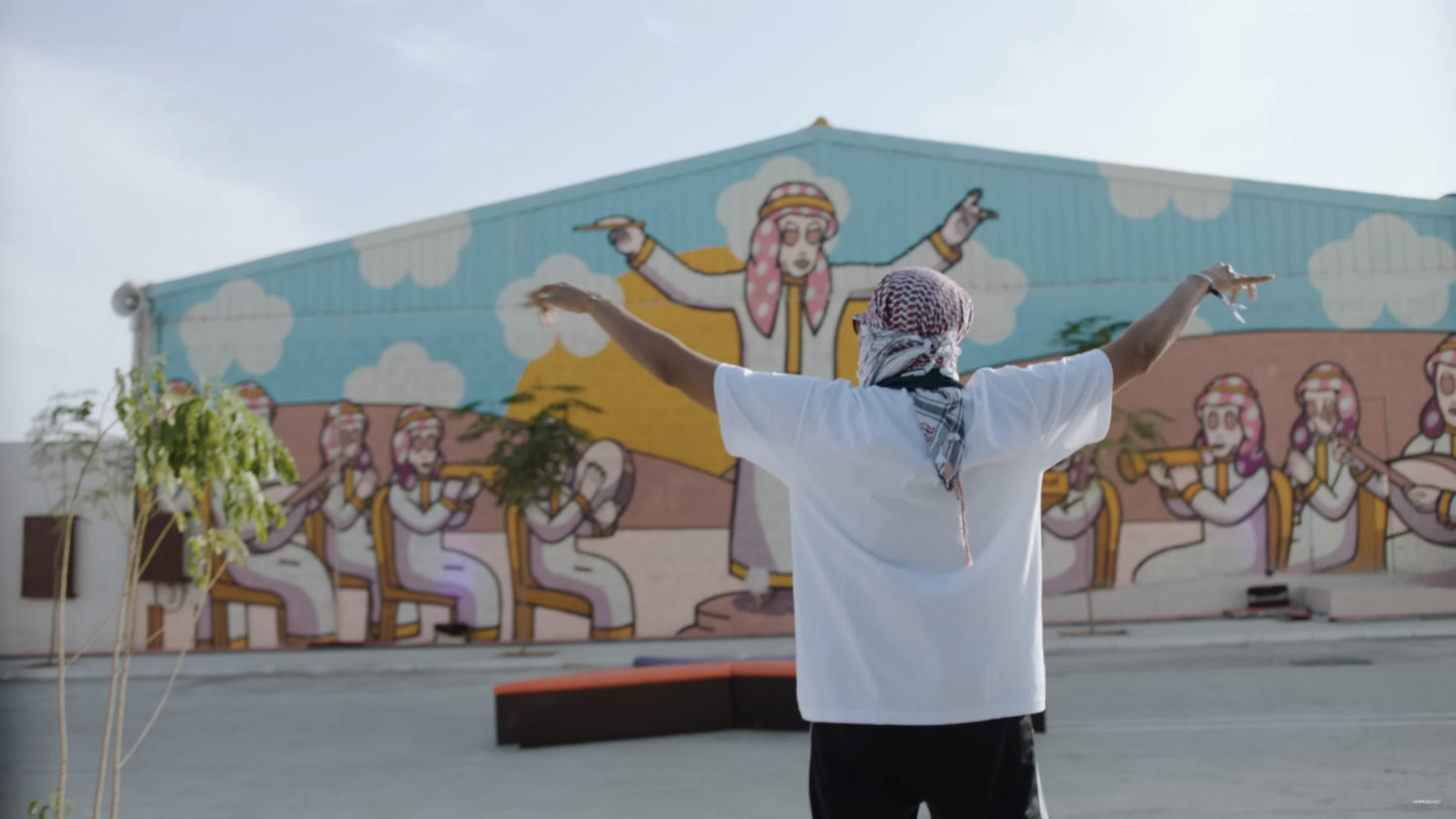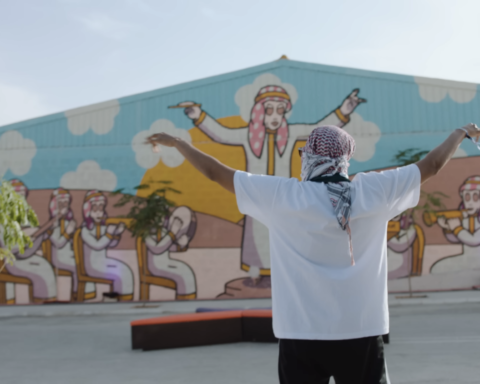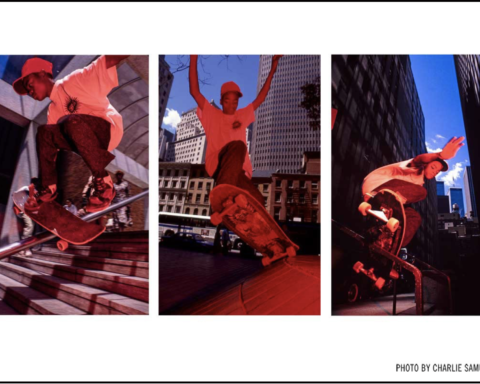Michael Barzman, a Los Angeles auctioneer, admitted to lying to the FBI about creating fake Basquiat artwork for the Orlando Museum of Art.
The Orlando Museum of Art had stumbled upon a storage unit filled of never-before-seen paintings by Jean-Michel Basquiat, which it was displaying to the public for the first time, giving the exhibition one of those magical origin stories.
The truth is out now, more than nine months after a dramatic FBI raid forced the closure of the “Heroes & Monsters” exhibition, which was on display from February to June 2022. The paintings were forgeries created by Michael Barzman, a 45-year-old Los Angeles auctioneer, and an accomplice known only as J.F. instead of the late street artist, whose artwork has sold for over $100 million at auction.

The Central District of California’s US Attorney’s office accused Barzman with providing false statements to the FBI on April 11. When speaking to the FBI in 2022, he had earlier denied both having painted the works and having someone else do them for him. He admitted to the accusation and could spend up to five years in jail.
“J.F. spent a maximum of 30 minutes on each image and as little as five minutes on others, and then gave them to [Barzman] to sell on eBay,” The plea deal stated, the lawyer’s office said in a statement. “[Barzman] and J.F. agreed to split the money that they made from selling the fraudulent paintings.”
Around 2012, the two are alleged to have produced 20 to 30 fraudulent pieces that they gave the artist’s name to. Basquiat was alleged to have sold the cardboard paintings to television screenwriter Thad Mumford for $5,000 in 1982 by Barzman, whose business was auctioning off the contents of abandoned storage facilities. Years later, Mumford’s storage unit’s contents were put up for auction because he was behind on his rent.
Storage hunter William Force and his financial supporter Lee Mangin decided to buy the plot for $15,000 because of the story’s appeal.
Force and Magnin had difficulty getting anyone to publicly weigh in on the issue of authenticity because the Basquiat estate had disbanded its authentication committee in 2012 following a protracted dispute involving one of its opinions.
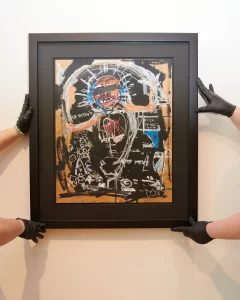
However, several art professionals, such as Basquiat researcher Jordana Moore Saggese and curator Diego Cortez, a founding member of the Basquiat estate’s authenticity committee who passed away in 2021, supported the fraudulent artworks. Both people concurred that the paintings appeared to be authentic (Moore Saggese claimed in her statement that the Basquiat artwork owners paid her $60,000 to evaluate the paintings in 2017). James Blanco, a handwriting specialist, also discovered that the works’ signatures matched the artist’s.
Due to these elements, it appears that the Orlando Museum’s management felt secure in the legitimacy of everything, as evidenced by the publication of an exhibition catalogue featuring fresh essays on the 25 works and boasting of a 500% increase in attendance as a result of the event.
Nevertheless, soon after the exhibition began in Orlando in February 2022, skepticism regarding the pieces surfaced. One of the pieces of cardboard had the FedEx emblem on it, which the firm hadn’t used until 1994—six years after Basquiat’s passing—making it the primary red flag. (The FBI’s Art Crime Team later approached Barzman about one of the paintings, bringing up the fact that one of the works had been concealing a shipping label bearing his name.)
Although the FBI had been looking into the case for years, the raid didn’t take place until June, less than a week before the show was scheduled to end.
It revealed out that Mumford had previously claimed to an FBI investigator in 2014 that he had never bought or kept any Basquiats in his storage facility. Even the year before he passed away in 2018, he signed an FBI document in which he acknowledged that “at no time in the 1980s or at any other time did I meet with Jean-Michel Basquiat, and at no time did
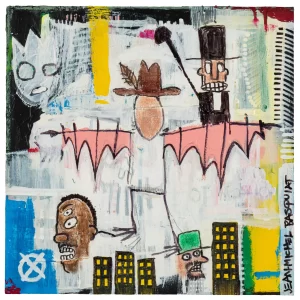 I acquire or purchase any paintings by him.”
I acquire or purchase any paintings by him.”
The museum sacked Aaron De Groft as its director and CEO after the FBI seized the disputed artworks. He is not being held accountable for any misconduct. The troubled organization has established a “task force” to aid in regaining the public’s faith after the mishap.
In an older version of his website, Barzman claimed to “specialize[d] in storage auctions, abandoned property, buying gold and silver, collectibles, Hollywood memorabilia, classic cars, vintage instruments, and more,” adding that “since 2015, Michael has been a bonded auctioneer & appraiser of rare memorabilia and collectibles.”
The case is still under investigation by the FBI.

